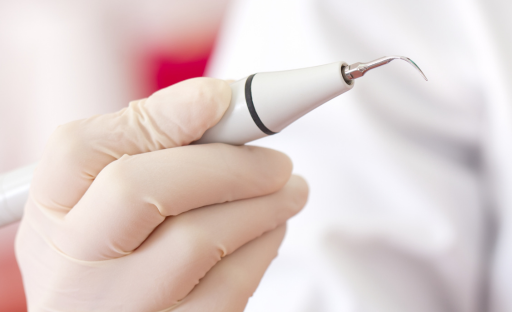Sclerotherapy is a widely used and effective treatment for varicose and spider veins. This minimally invasive procedure involves injecting a special solution into problematic veins, causing them to collapse and fade over time. Whether you’re considering this treatment for cosmetic reasons or to alleviate discomfort, understanding the process can help ease any apprehension. Here’s a detailed, step-by-step guide on what to expect during your sclerotherapyprocedure.
Step 1: Consultation and Evaluation
Before scheduling your sclerotherapy session, you’ll need an initial consultation with a vascular specialist or dermatologist. This step is crucial for determining whether you’re a suitable candidate for the procedure.
- Medical History: Your doctor will review your medical history, including any past vein treatments, medications, and underlying conditions.
- Physical Examination: The specialist will examine your veins and may use diagnostic tools like ultrasound to assess the severity of the issue.
- Treatment Plan: Based on the evaluation, your doctor will create a personalized treatment plan, which may include sclerotherapy alone or in combination with other treatments.
Step 2: Preparing for the Procedure
Proper preparation ensures the success and safety of your sclerotherapy treatment.
- Avoid Certain Medications: Your doctor may advise you to stop taking blood-thinning medications, such as aspirin, for a few days before the procedure.
- No Lotions or Oils: Avoid applying lotions, oils, or creams to your legs on the day of the treatment.
- Wear Comfortable Clothing: Choose loose-fitting clothes that are easy to remove and won’t press against your treated areas.
- Bring Compression Stockings: You’ll need to wear compression stockings after the procedure, so have them ready in advance.
Step 3: The Sclerotherapy Procedure
The actual treatment is quick and relatively painless, typically lasting 30 to 60 minutes, depending on the number of veins being treated.
- Positioning: You’ll lie down on an examination table, with your legs slightly elevated.
- Cleaning the Area: The skin over the treatment area will be cleaned with an antiseptic solution.
- Injection: Using a fine needle, your doctor will inject a sclerosing solution into the affected veins. This solution irritates the vein’s lining, causing it to collapse and seal shut.
- Mild Discomfort: You may feel a slight burning or tingling sensation during the injection, but it’s usually well-tolerated.
- Compression: The doctor may apply light pressure to the area or use ultrasound guidance for deeper veins to ensure accurate placement of the solution.
Step 4: Post-Procedure Care
Sclerotherapy is an outpatient procedure, so you can go home the same day. However, proper aftercare is essential for optimal results.
- Compression Stockings: Wear your compression stockings as directed, typically for 1-2 weeks. These help improve blood flow and reduce swelling.
- Stay Active: Light walking is encouraged to promote circulation and prevent blood clots. Avoid strenuous exercise for a few days.
- Avoid Sun Exposure: Protect treated areas from direct sunlight to prevent pigmentation changes.
- Monitor for Side Effects: It’s normal to experience minor bruising, redness, or itching at the injection site. These usually resolve within a few days.
Step 5: Follow-Up Appointments
Your doctor will schedule follow-up appointments to monitor your progress and determine if additional treatments are necessary.
- Results Timeline: Small spider veins may disappear within a few weeks, while larger veins can take several months to fade completely.
- Repeat Treatments: Some patients may require multiple sessions to achieve their desired results.
Benefits of Sclerotherapy
- Non-Surgical: No incisions or general anesthesia required.
- Quick Recovery: Minimal downtime allows you to resume most activities immediately.
- Effective Results: Significant improvement in vein appearance and related symptoms.
- Versatile: Suitable for both cosmetic concerns and medical conditions like chronic venous insufficiency.
When to Contact Your Doctor
While complications are rare, it’s important to contact your doctor if you experience:
- Severe pain or swelling.
- Signs of infection, such as redness or warmth at the injection site.
- Persistent discoloration or lumpiness in treated areas.
Sclerotherapy is a safe and effective treatment for managing varicose and spider veins. By understanding the step-by-step process and following your doctor’s recommendations, you can achieve smoother, healthier-looking legs with minimal discomfort. If you’re considering sclerotherapy, schedule a consultation with a qualified specialist to discuss your options and take the first step toward improved vein health. Often people that work on thermal insulation don’t have varicose veins, because they are more active during the day.


